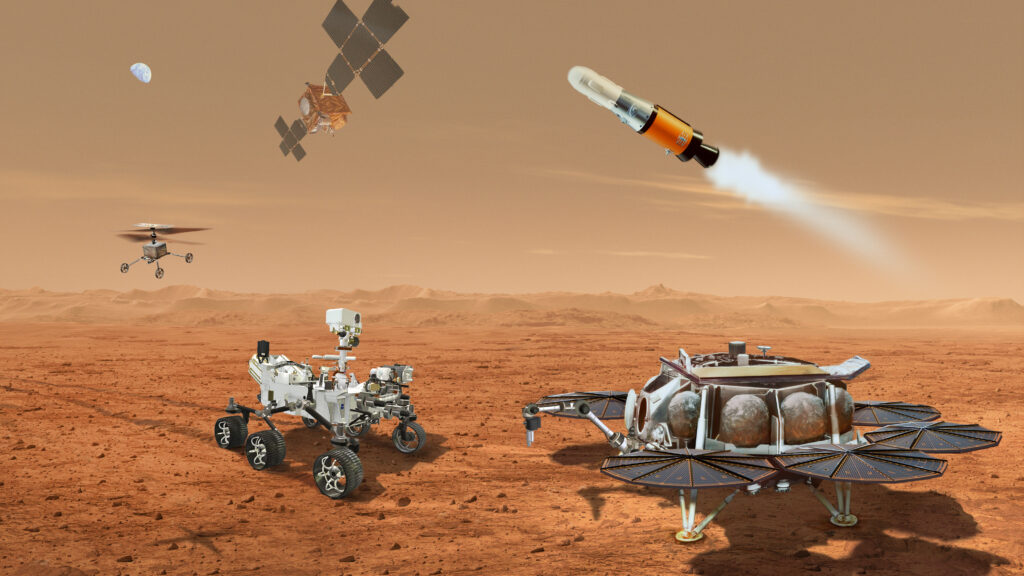NASA has confirmed that, according to one estimate, the cost of implementing the MSR (Mars Sample Return) mission may double. This news has raised concerns among scientists about the impact of such overspending on other scientific projects.

The MSR mission is being developed by NASA in collaboration with ESA. Its purpose is to deliver soil samples collected by the Perseverance rover to Earth. At the moment, the implementation of MSR is planned for the end of the 2020s.
Due to the complexity of the mission architecture (it involves sending two spacecraft to Mars), the creation and launch of the MSR requires very impressive financial costs. According to an independent assessment carried out in 2020, the cost of its implementation was supposed to be from 3.9 to 4.4 billion dollars — and in the future this amount only increased. At the same time, NASA avoided publicly voicing the approximate budget, referring to the fact that it had not yet gone through the formal approval procedure.
Nevertheless, in a recent statement, the aerospace administration announced that it had studied several MSR financing scenarios and one of them suggested that the total budget of the mission could reach USD 8-9 billion. This includes the cost of building spacecraft, launching and their further support.
In the near future, NASA intends to conduct a second independent audit of the MSR, which is a rather rare practice for space missions. The organization explains this by saying that MSR will become a priority project for the coming years and therefore they need a detailed plan for its implementation.
Many representatives of the scientific community have already expressed their concern about the rising costs of MSR. They worry that the mission may pull over funding intended for other projects. At the same time, most experts doubt that the mission budget can be significantly reduced. NASA, for example, could abandon the use of helicopters to deliver soil samples to the return vehicle. But even this measure will not give too much savings, while increasing the risk of achieving the main goal.
According to https://spacenews.com
Follow us on Twitter to get the most interesting space news in time
https://twitter.com/ust_magazine
